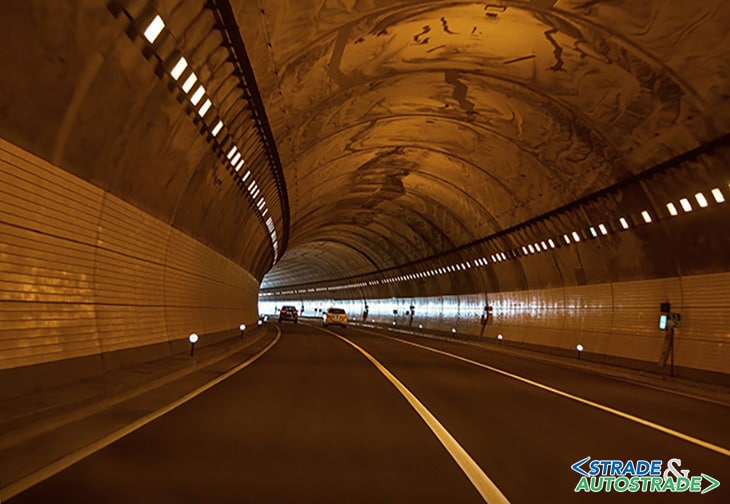Predictive structural dynamic monitoring and cloud computing in road infrastructures ![]() Per la versione in Italiano: https://www.stradeeautostrade.it/its-smart-road/monitoraggio-dinamico-strutturale-predittivo-e-cloud-computing-nelle-infrastrutture-stradali/
Per la versione in Italiano: https://www.stradeeautostrade.it/its-smart-road/monitoraggio-dinamico-strutturale-predittivo-e-cloud-computing-nelle-infrastrutture-stradali/
The National Research Council highlights that in Italy 10,000 to 12,000 bridges should be checked and overhauled. Starting the implementation of systematic checks on bridges means avoiding alarm situations, failures and collapses and also serious diseconomies.
Needless to say, the events show that the artifacts also need scheduled check-ups. Current advanced monitoring systems allow to identify critical issues and damages from their initial stage. The latest generation technologies allow to remedy in time, before the deterioration worsens and requires heavier and more expensive interventions.
In the most recent technologies, measurement costs are considerably reduced, as well as the ease of access to data without the need to be present on site.
To date, the most commonly used controls are visual inspections and it is clear that, in order for these to be effective, they must be carried out rigorously and at regular intervals on all the elements of each infrastructural piece of work.
However, there is a question we need to ask ourselves: are we sure we can actually keep the whole structure under control through the inspections? One of the solutions that can solve the limits of visual inspections and therefore improve the safety of existing buildings is certainly structural dynamic monitoring.
Unfortunately, in the 2018 NTC, monitoring is not indicated as a tool for constant verification of the stability conditions of existing structures. Of the monitoring system in use today, the most appropriate one for the control of the bridges is definitely the constant monitoring, with automatic acquisition and remote management.
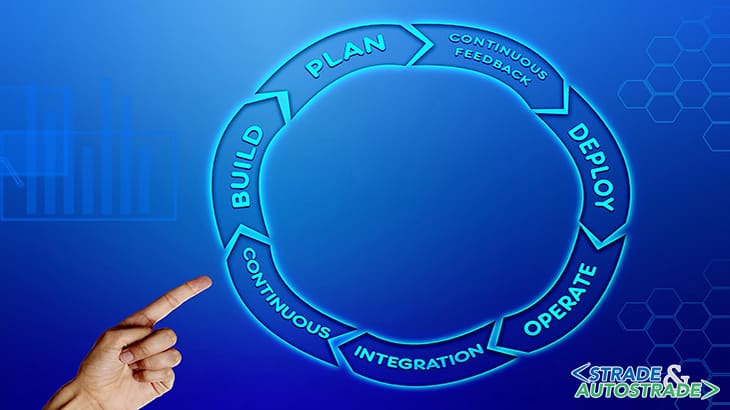
It is able to monitor physical quantities, 24 hours a day; in particular, among the monitored quantities there are structural and non-structural ones. The structural ones are: displacements, inclinations, tensions and accelerations.
The non-structural ones are instead: vibrations from vehicular traffic, wind, temperature and humidity. In detail, displacement and inclination are monitored by an instrumentation which has a responsiveness in the range of one hundredth of a millimeters and of a degree; the monitoring of the accelerations, which after a data processing allows to characterize the structure dynamically, is equally interesting.
We have to consider that a change in the fundamental dynamic parameters is a symptom of a change in behavior and therefore in movements of the structure.
Among the non-structural sizes, for bridges, both the wind and the vibrations from vehicular traffic have a main role. They generate forces that in some cases may no longer be compatible with the structure and even create resonance phenomena.
Furthermore, the monitoring of vibrations from vehicular traffic not only takes into account the forces it generates but also allows dynamic identification of the bridge in question.
In order to evaluate the parameters just seen, a wide range of sensors can be used including displacement and inclinometer sensors, interferometers, temperature and humidity sensors, pressure transducers, piezoelectric accelerometers, geophones, extensometers (Strain Gauges), ultrasonic anemometers and electronic distance meters.
The architecture of the monitoring system
The architecture of the monitoring system is generally divided into three macro-areas: the sensor network, the transmission system and the data collection system.
Each installed sensor is connected to a channel of a unit that acquires and stores data at time intervals. The central processing unit constantly transfers data from the infrastructure to the server, allowing to control them in real time and remotely.
The monitoring software also carries out, in a completely automatic and continuous way, the control of the exceeding of possible pre-set threshold values for each connected sensor. When these thresholds are exceeded, e-mail messages and/or alarm SMS messages can be sent to one or more recipients.
The acquired data in tabular form are processed and interpreted on graphs that report the variation of the quantity of interest for each sensor over time, thus giving the possibility to evaluate possible anomalies.
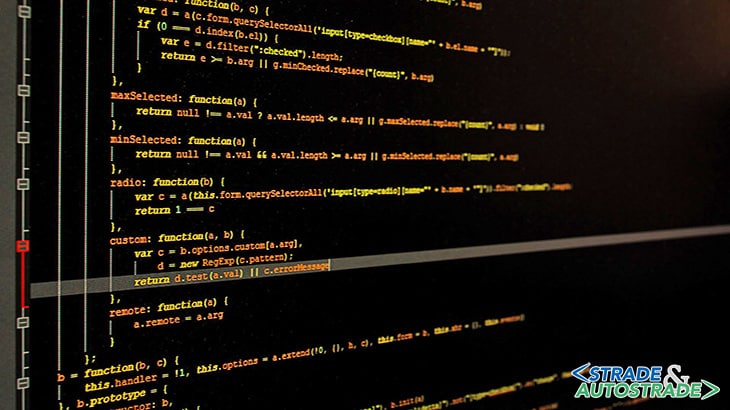
The importance of this type of monitoring is linked to the fact that through the processing of small data variations it is possible to diagnose large problems. The monitoring can be applied on all types of bridges: masonry, reinforced concrete, steel, prestressed concrete, mixtures.
In conclusion, it is important to linger on the importance of the application of monitoring on infrastructures, since being able to monitor means being able to know the causes of failures and above all means preventing disasters.
The observation of the behavior of the structures over time and the evaluation of the conditions of materials and systems in the infrastructures have an essential role to ensure service levels compatible with standard security indicated by the technical standards.
These activities are often included in the general and sometimes generic category of monitoring, in which recent technology progresses offer solutions that make large quantities of measurements of physical and mechanical parameters available to operators and maintenance managers in real time.
For example, the structural health monitoring – based on vibration – is spreading at a global level thanks to the development of technologies in sensoristics and ICT. This type of monitoring consists in the protracted recording of the structural response in terms of accelerations and of the physical parameters that can influence it, before processing them to provide a functional state of the structure.
It comes to carrying out a continuous experimental observation of the quantities of interest by integrating them with automatic processing procedures of the measured data in order to extract indicators of the health status of the structure capable of immediately and remotely signaling the onset of damage and/or degradation phenomena.
The monitored structure thus becomes “intelligent”, that is capable of providing a self-diagnosis of its own state of health. The advanced structural monitoring procedures for the identification of the damage offer many advantages in the management and maintenance of the infrastructure heritage; the main aspects are:
- support to the structural maintenance process according to the requirements of the NTC 2018 (Technical Standards of Construction: the real-time observation of the structural response and the evolution of the degradation/damage phenomena is functional to the choice of timely and targeted interventions; side by side with traditional inspections, monitoring represents the technological and operational tool for the transition from scheduled maintenance (carried out on a regular basis, regardless of the actual state of health of the structure) to proactive maintenance, based on the actual conditions of the structure; structural monitoring therefore makes it possible to reduce inspection costs and optimize management strategies aimed at guaranteeing the durability of the work;
- evaluation of the structural response to the dynamic and cyclical loads to which the work is subjected and deepening of knowledge on the dynamic behavior of the construction itself, aimed at identifying the causes of operational problems (for example, excessive vibrations) or evaluating the effectiveness of structural interventions;
- seismic protection: being able to remotely assess the postevent status of the structure and to support emergency management on the basis of the information collected: this aspect is particularly relevant in the case of strategic structures.
Types of sensors
There are several types of sensors that can provide information on structural integrity of different natures, which complement one another. Force measuring devices in the connection between the joints, optical fiber sensors that can also detect deformations in structures, accelerometers that measure vibrations, etc..
The results of the modal analysis and the processing of the collected data are the input data of a reference mathematical model, capable of detecting well in advance, even in real time, any changes in the bridge that could be indicative of potential damage.
The cyberphysical model consists of simulating the temporal evolution of the structure on the basis of the data collected in a parallel digital environment and of making predictions of its behavior at different future moments, under different evolutions of the load and environmental conditions (e.g. accidents, earthquakes, etc.) with different levels of probability, also simulating the performance of the structure in relation to the different maintenance operations that can be performed.
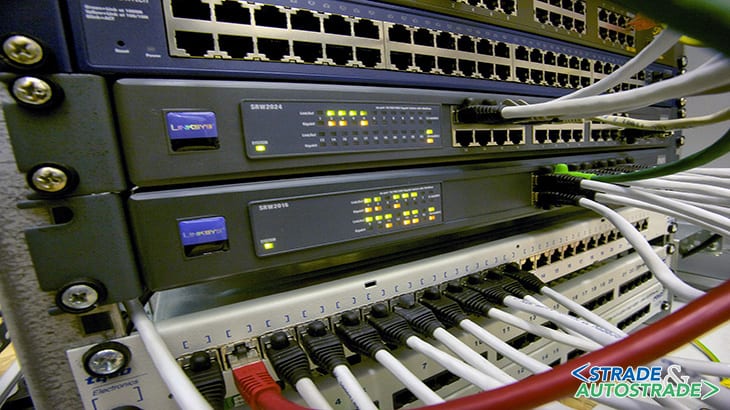
It is like saying that a tree of future possibilities is built, assigning to each branch of evolution a certain degree of probability which represents a formidable aid to the decision-making process for a timely and intelligent management of maintenance.
A network of sensors and microprocessors is inserted in the structure to monitor its structural health. The network constantly analyzes factors such as vibrations, wind and humidity, and promptly reports the anomalies to a computer.
But, even with some limitations, these technologies can also be adapted to existing bridges and viaducts, especially if extensive use is made of wireless technologies that do not require invasive interventions on the structures.
In fact, smart wireless sensor networks are much easier to implement than wired structures, which are also more expensive and require special care due to the need to lay cables and drill holes.
Among the main limitations, it must be taken into account that the installation of the sensors may be complicated if the interior of the bridge is not accessible or is difficult to access.
Furthermore, the historical data of the traffic, loading and deterioration processes are not known in the existing bridges, which makes the evaluation more complicated, at least as long as these historical data are not accumulated. There is no doubt that the development of sensors associated with ICT is an essential element nowadays.
In the face of the potential advantages of the technology, however, it is necessary to correctly define its opportunities, limits and application areas, also in order to contain unrealistic expectations that can discourage its application, after judging it (apparently) ineffective.
With these premises, the present contribution, based on the experience gained in the sector so far, is aimed at highlighting some paramount aspects which are useful for a correct evaluation of how to set up an adequate implementation of structural monitoring solutions, with the purpose of remote identification of the damage.
Numbers and types of sensors
A first aspect regards how many and which sensors are used to evaluate the health of a structure. The number and the types of sensors vary according to the monitoring objectives and expected damage scenarios.
The choice of the most suitable technological solution is the natural consequence of a correct definition of the project constraints and of the management needs related to the performance of structural and non-structural components and systems.
If on the one hand the market frequently tends to convince the public that it is possible to start from a single technological solution in order to fulfill any technical requirement, in practice the logic must be reversed: it is necessary to start from the technical problem and only subsequently identify the most appropriate technological solutions for achieving the target.
The intervention of the civil engineer plays a paramount role in the identification of the technical problem that needs to be answered. There are those who promote the accelerometer in order to identify the damage produced by an earthquake.
In fact, the sensors measure a mechanical response or a physical parameter, not a damage. Besides, the concept of damage must be seen from a broader viewpoint of evaluation of the structural performance. For example, a crack in a reinforced concrete building element could be associated with both ordinary operating conditions and the occurrence of a damage.
For this reason, the static monitoring of crack patterns, compared to dynamic monitoring, has the twofold limit of measuring a phenomenon when this has already occurred (the formation of a crack) and of trying to trace the causes on the basis of the appearance of the detected crack patterns.
The dynamic monitoring, being based on damage indices that refer to the overall response of the structure, is instead able to highlight, through an appropriate data processing, the occurrence of anomalies in the response that were not present at the time of the installation and, within certain limits, the identification of the damage can take place regardless of the relative position of the sensors with respect to the damage itself.
In this sense, the use of accelerometers to measure the vibration response of a structure can be useful in identifying the damage resulting from an earthquake, but sensors alone are not enough: automatic procedures for processing the acquired data are also needed.
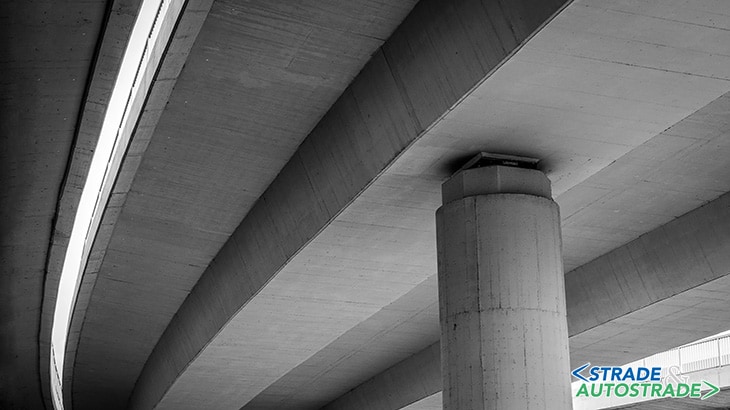
What are these procedures and cloud computing?
The data processing procedures are aimed to extracting damage-sensitive indices from the measured data, in order to identify the onset of anomalies by analyzing the variations of said indices over time.
For example, experimentally identified modal parameters are often used as damage indices. Moreover, in the context of continuous structural monitoring, the estimate of the modal parameters could never be carried out manually. Effective and reliable automatic procedures of output-only modal analysis, of compensation for the effects of variables (environmental and/or operational) other than damage, and of identification of the various anomalies, are therefore necessary.
Simply put, cloud computing is the distribution of computing services, such as servers, storage resources, databases, network, software, analysis and intelligence, via the Internet (“the cloud”), in order to offer quick innovation, flexible resources and economies of scale.
The costs are solely for cloud services you use, so it is possible to obtain savings in operating costs, while running the system more efficiently and resizing resources according to the changing needs of each single action.
Having a system of sensors and automatic data processing procedures in some cases is not enough. If we have a bridge or a building hit by an earthquake, can we install this system on that structure to evaluate the damage resulting from the seismic input? Unfortunately not!
The identification of the damage always follows from the comparison with a reference state of the structure assumed without damage. In other words, a permanent monitoring system is able to identify only phenomena of damage or degradation that trigger after its installation.
Installing a permanent monitoring system in a structure transforms it into an intelligent structure; moreover, the installation of the system during the construction phase of the structure simplifies the integration in the structural body.
While neglecting futuristic biomimetic approaches, based on the integration of a large number of sensors in the structural body, the installation of the monitoring system during the construction phase presents several benefits, both practical (a less invasive installation) and operational (availability of data relating to a structure which is certainly healthy)”.
The costs
Another element of comparison and evaluation is the cost. All this must be seen in a logic of cost/benefit ratio and the impact of the cost of the system on the cost of the work or, in any case, of rehabilitation/reinforcement interventions that may be necessary during the life of the work (see analyzes carried out by CNR/IIT). It is clear that the economic evaluation of a system must also be made in light of the benefits that it allows to achieve.
If a monitoring system is able to provide a preventive alert such as to avoid the impairment of public and private safety, its cost is widely repaid not only by the mitigation of maintenance and restoration costs, but also by the limitation of direct and indirect damages linked to partial or total collapses of the artefacts.
In order to reduce the costs of structural monitoring, in some cases, the tendency is to use low cost sensors; up to the use of the accelerometer installed on smartphones.
At the current state of knowledge, however, it is probably preferable to adopt solutions of proven robustness and reliability to ensure the effectiveness of the technology and to avoid that its wider application is discouraged for the disappointment of expectations.
Moreover, the cost of the technological solution is in any case related to its performance and the direct and indirect benefits associated with its implementation. Low-cost solutions often suffer from serious limitations in the ability to properly measure the structural response and, consequently, to effectively support damage identification procedures, even advanced ones.
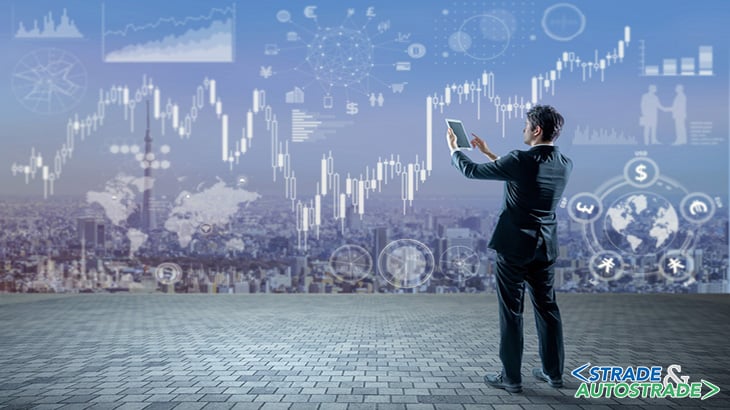
The experience gained so far by research leads us to always recommend the adoption of appropriate technological solutions to the objectives of monitoring in order to avoid major disappointments and unnecessary expenses.
Obviously, the use of cheaper sensors is not always to be excluded, but must be evaluated case by case according to the characteristics of the structure and the objectives of the monitoring.
The complexity of the topic certainly highlights the importance of contacting only specialists who are able to identify effective structural monitoring solutions, verifying that the proposed solutions are complete and reliable from both the hardware and software points of view. Structural security does not allow improvisation.
![]() Per la versione in Italiano: https://www.stradeeautostrade.it/its-smart-road/monitoraggio-dinamico-strutturale-predittivo-e-cloud-computing-nelle-infrastrutture-stradali/
Per la versione in Italiano: https://www.stradeeautostrade.it/its-smart-road/monitoraggio-dinamico-strutturale-predittivo-e-cloud-computing-nelle-infrastrutture-stradali/

